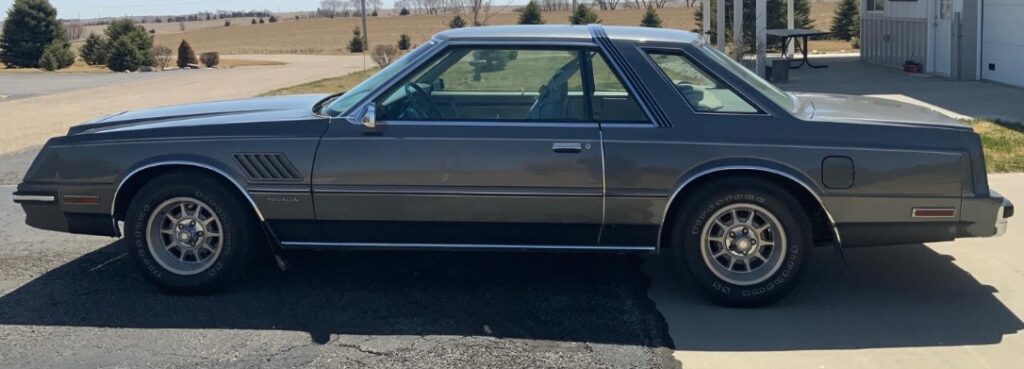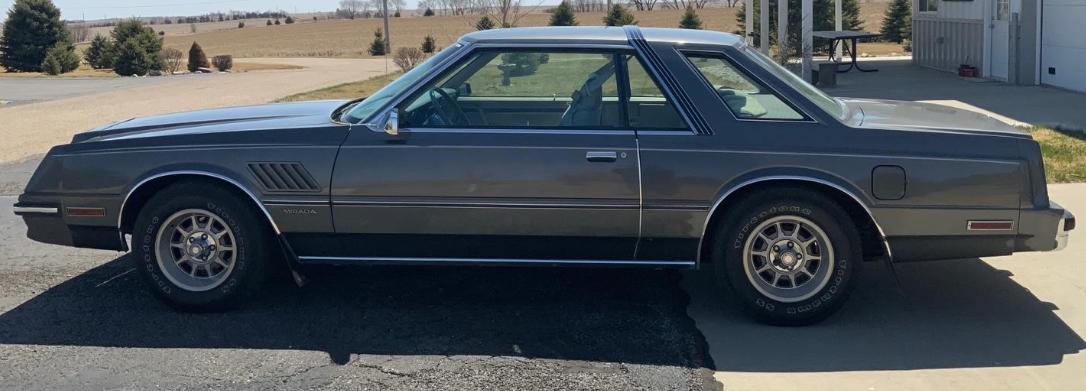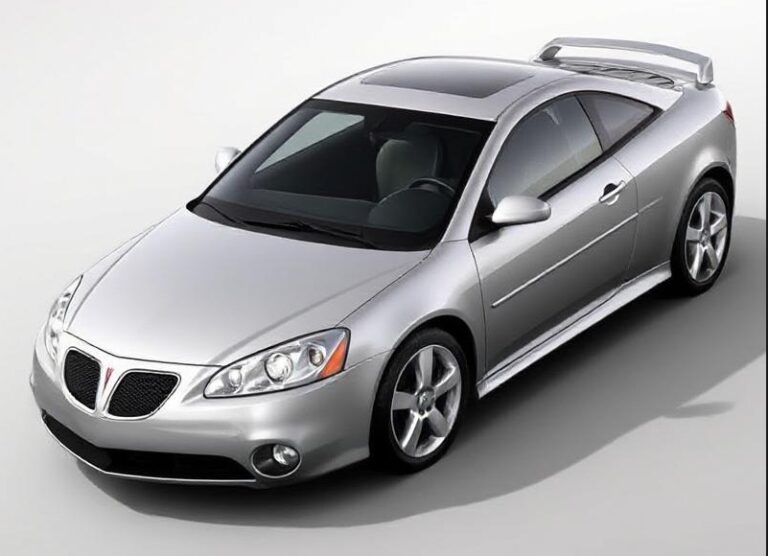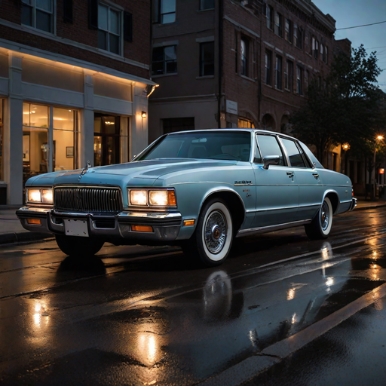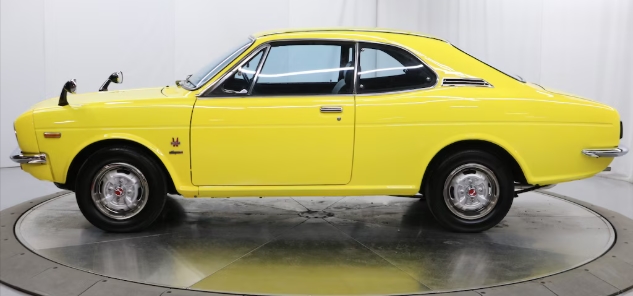The Evolution of the Dodge Mirada: A Classic American Coupe
The Dodge Mirada is a vehicle that marked a memorable chapter in the history of American automotive design during the late 1970s and early 1980s. A product of the Chrysler Corporation, the Mirada was positioned as a personal luxury coupe designed to attract buyers who sought style, comfort, and performance all wrapped in one package. This article will delve into the evolution of the Dodge Mirada, exploring its models, trim levels, production years, and the cultural context of its existence.
Overview of the Dodge Mirada
The Dodge Mirada was officially produced from 1980 to 1983, representing a four-year run during a time when American automotive manufacturers were grappling with changing market demands, shifting fuel prices, and increasing competition from European and Japanese automakers.
1980: Introduction of the Dodge Mirada
The Dodge Mirada debuted in 1980 as a mid-size, two-door coupe that utilized Chrysler’s M-bodies platform, which also underpinned the Dodge Aspen and Plymouth Volaré. The initial lineup included two primary trim levels: the base model and the more luxurious “CMX” version.
- Base Model: The entry level featured a straightforward approach to luxury with basic amenities, appealing to a more budget-conscious consumer.
- CMX: This trim was equipped with high-back bucket seats, plush carpeting, and a more upscale interior. It aimed to provide a sportier aesthetic compared to the base model.
The 1980 lineup offered a range of engines, from a 225 ci (3.7L) Slant Six producing 105 hp to a 318 ci (5.2L) V8 engine generating 150 hp. These engine options allowed for different performance characteristics, catering to diverse consumer preferences.
1981: Evolution and Enhancements
In 1981, the Dodge Mirada continued to build on its foundation with some slight modifications and improvements. The CMX trim level received updates that included enhanced interior features and an updated exterior design.
- New Trim Option: 1981 introduced the “Mirada GT” trim, which provided a sport-focused experience with performance enhancements and cosmetic changes meant to add a sense of aggression to the overall design. The GT trim was characterized by sport-tuned suspension, wider tires, and a distinct rear spoiler.
The choice of engines remained similar to the previous year, allowing buyers to select a model that met their needs for either economy or performance.
1982: The Final Years of Production
The Dodge Mirada experienced some of its most notable changes in 1982. This year represented a peak in both production and sales before the model eventually faced discontinuation.
- Streamlined Offerings: During this year, Dodge decided to simplify the lineup. The CMX trim continued alongside a new “Mirada Special” edition that emphasized luxury features while still offering sporty characteristics.
- Performance Options: To cater to the performance enthusiasts, Dodge introduced an optional 360 ci (5.9 L) V8 engine that pushed the horsepower figure to around 245 hp, effectively giving drivers a more thrilling performance experience.
Despite the excitement around performance features, consumers were increasingly expressing their preference for more fuel-efficient vehicles. This shift in consumer behavior would profoundly affect the future of the Mirada and similar models.
1983: The Last Hurrah
By 1983, the Dodge Mirada was nearing the end of its lifecycle. The model year saw the introduction of minor cosmetic changes and a realignment in the trim structure.
- Trim Levels: The trim levels were streamlined to focus mainly on the Mirada base and CMX configurations, with the earlier trims and performance options becoming less prominent. This was indicative of market pressures as consumers pivoted towards more fuel-efficient options following the oil crisis of the 1970s.
- End of Production: The Dodge Mirada was discontinued after the 1983 model year, having met the market’s shifting desires and the need for more fuel-efficient designs. Throughout its production run, around 90,000 Miradas were sold, not a bad number for a short-lived coupe, but ultimately not enough to secure its long-term future in the automotive landscape.
.
HOT Stuff! >>> Girls and Dodge Challengers
.
Features and Legacy
The Dodge Mirada stands out for its design philosophy—blending sporty appeal with luxury. Certain features of the Mirada, including its unique exterior styling characterized by sharp angles and a fastback silhouette, set the stage for future Dodge models.
Interior Comfort
The interior was designed with comfort in mind, featuring plush seating, a driver-focused dashboard, and optional premium sound systems. The high-back bucket seats were one of the standout features, targeting customers who desired both comfort and support during their drives.
Cultural Context
The Dodge Mirada debuted during a time when American automakers began to face intense competition from more fuel-efficient, compact vehicles. The focus shifted towards economy without sacrificing performance. Due to this changing landscape, the short-lived run of the Mirada reflected the struggles that many personal luxury coupes faced during this period.
Final Reflection
While the Dodge Mirada may not have achieved the legendary status of other muscle or classic cars of its time, it still holds nostalgia for those who experienced its brief presence on the roads. Enthusiasts often appreciate the vehicle for its distinctive look and the memories it represents from a bygone era of American automotive history.
As the automotive landscape continues to shift toward electric vehicles and new formats, the Dodge Mirada remains a fascinating symbol of adaptation amidst industry change, embodying both the aspirations and challenges of the American auto industry during the late 20th century.
In summation, the Dodge Mirada’s evolution from 1980 to 1983 encapsulates an era of design and engineering daring to blend sportiness and comfort in an environment increasingly focused on efficiency. While it may not dominate the streets today, for those who remember it, the Mirada is indeed an essential part of the automotive narrative.
